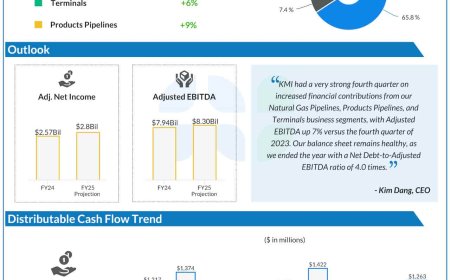Chinese Coal Power Generation Rises Despite Renewables Jump
Despite growing renewable energy capacity installations, thermal power generation in China, which comes mostly from coal-fired power plants, rose by 1.9% between January and November from the same period a year earlier, Chinese statistics data showed on Monday. Thermal power generation rose to 5.74 trillion kilowatt-hours (kWh) from January to November, per data from China’s National Bureau of Statistics (NBS) cited by Reuters. The trend so far this year points to an increase in coal and overall thermal power generation even as China’s renewables installations have boomed in recent years. Hydropower has recovered this year from the historic droughts in 2023, but hydropower generation has been on a decline since September, leading to higher fossil fuel-powered electricity output. Although the share of coal in China’s electricity generation has been declining in recent years with the renewables boom, Chinese coal power generation and demand remains strong. Coal still accounts for about 60% of China’s power generation, despite a surge in hydropower earlier this year after abundant rainfall, which reduced the share of coal in the country’s energy mix during the summer. But hydropower saw a sharp decline in September, which boosted the use of thermal coal for power generation amid surging power demand in the world’s second-largest economy. Come September, hydropower generation crashed by 14.6% from a year earlier. And rising coal power generation filled in the gap. The surge in power demand has also been attributed to the increased use of household appliances amid rising numbers of middle-class residents, as well as the surge in power use for data centers and electric vehicle charging. Coal-fired generation will be a pillar of China’s electricity generation system for many years to come, as the country’s electricity demand growth is set to continue outpacing economic growth in the coming years and as electrification is booming with the energy transition and expansion of data centers. By Tsvetana Paraskova for Oilprice.com

Despite growing renewable energy capacity installations, thermal power generation in China, which comes mostly from coal-fired power plants, rose by 1.9% between January and November from the same period a year earlier, Chinese statistics data showed on Monday.
Thermal power generation rose to 5.74 trillion kilowatt-hours (kWh) from January to November, per data from China’s National Bureau of Statistics (NBS) cited by Reuters.
The trend so far this year points to an increase in coal and overall thermal power generation even as China’s renewables installations have boomed in recent years.
Hydropower has recovered this year from the historic droughts in 2023, but hydropower generation has been on a decline since September, leading to higher fossil fuel-powered electricity output.
Although the share of coal in China’s electricity generation has been declining in recent years with the renewables boom, Chinese coal power generation and demand remains strong.
Coal still accounts for about 60% of China’s power generation, despite a surge in hydropower earlier this year after abundant rainfall, which reduced the share of coal in the country’s energy mix during the summer.
But hydropower saw a sharp decline in September, which boosted the use of thermal coal for power generation amid surging power demand in the world’s second-largest economy.
Come September, hydropower generation crashed by 14.6% from a year earlier. And rising coal power generation filled in the gap.
The surge in power demand has also been attributed to the increased use of household appliances amid rising numbers of middle-class residents, as well as the surge in power use for data centers and electric vehicle charging.
Coal-fired generation will be a pillar of China’s electricity generation system for many years to come, as the country’s electricity demand growth is set to continue outpacing economic growth in the coming years and as electrification is booming with the energy transition and expansion of data centers.
By Tsvetana Paraskova for Oilprice.com











































